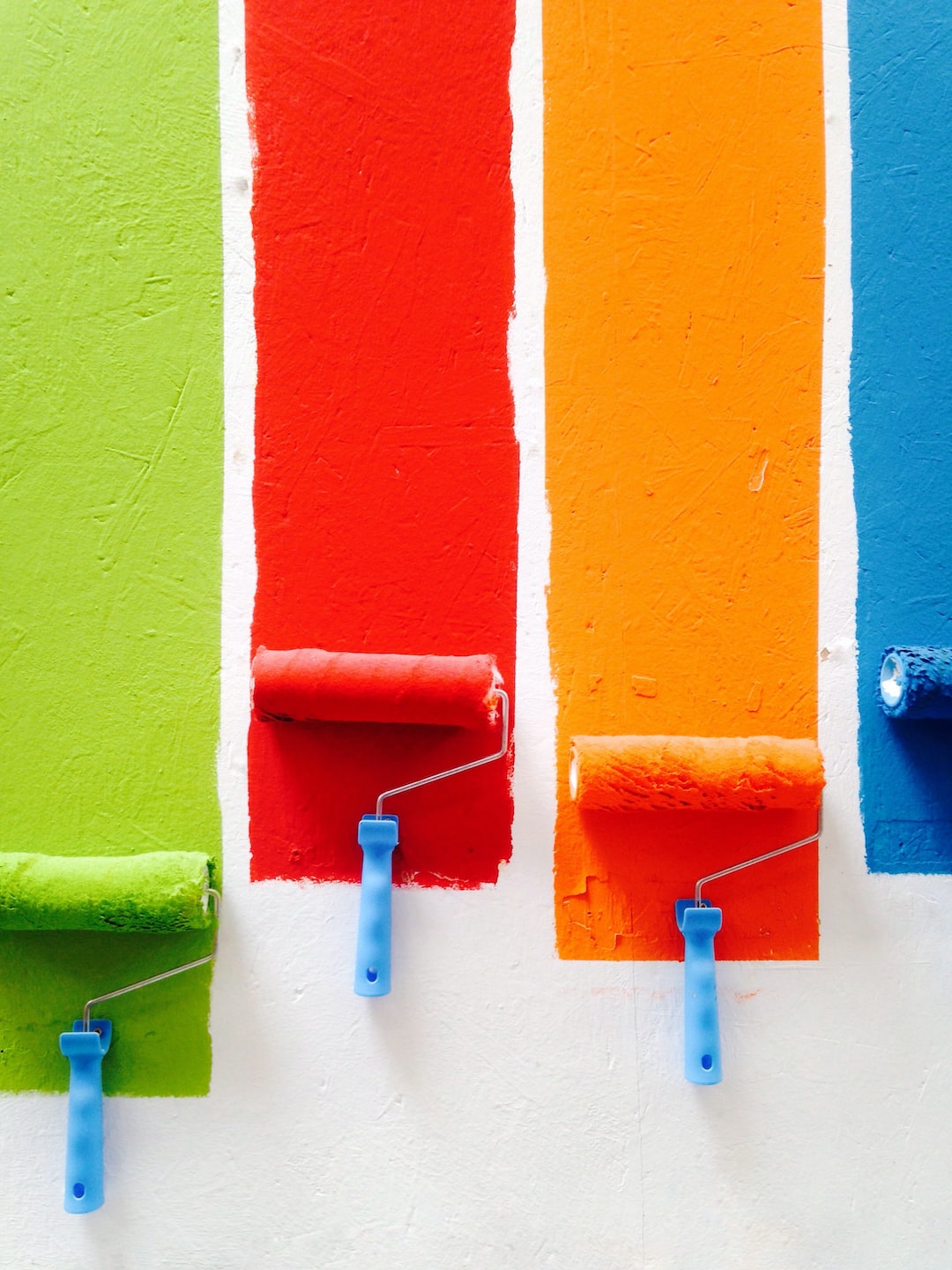Designing for Multicultural Audiences: Embracing Diversity
In today’s globalized world, multicultural audiences are becoming the norm rather than the exception. As designers, it is crucial to recognize and embrace this diversity to create inclusive and effective designs that can resonate with people from different cultural backgrounds. By doing so, we not only cater to a wider audience but also foster a sense of belonging and appreciation for different cultures.
The first step in designing for multicultural audiences is to gain a deep understanding of the target audience’s cultural values, beliefs, and communication preferences. It’s essential to research and familiarize ourselves with the cultural norms, traditions, and customs specific to the audience we aim to reach. This knowledge will enable us to create design solutions that are culturally sensitive and respectful.
Colors, for instance, can have different meanings and interpretations across cultures. While white is associated with purity and weddings in Western cultures, it symbolizes mourning and death in many Eastern cultures. By being aware of these differences, we can select color schemes that are in line with the cultural context and avoid inadvertently causing offense or confusion.
Typography is another element that can significantly impact how a design is perceived by multicultural audiences. Scripts and fonts have distinct cultural connotations, and it’s crucial to consider these when designing for different audiences. The use of appropriate fonts can invoke familiarity and make the content more accessible and relatable to the target audience.
Furthermore, imagery plays a pivotal role in connecting with multicultural audiences. The choice of visuals should reflect the diversity of the audience and avoid stereotypes or clichés. It is important to portray people from different cultural backgrounds as empowered and authentic, acknowledging the richness and beauty of their respective cultures.
Designing for accessibility is also a key aspect of embracing diversity. Multicultural audiences encompass people with various abilities and disabilities. It is important to ensure that our designs are inclusive and accessible to all, irrespective of their cultural background. This could involve using clear and concise language, providing captioning or transcripts for videos, and ensuring that web designs are user-friendly for people with visual impairments.
Lastly, it is important to remember that multicultural design goes beyond aesthetics. It is about creating content that is culturally relevant, engaging, and impactful. Effective communication goes beyond language; it includes nuances such as local humor, idiomatic expressions, and cultural references. By embracing diversity and incorporating these elements into our designs, we can build connections, foster empathy, and create meaningful experiences for multicultural audiences.
In conclusion, designing for multicultural audiences requires a deep understanding and appreciation of the diversity within different cultures. Being aware of cultural nuances, preferences, and sensitivities is crucial in creating inclusive and effective designs. By embracing diversity, we can connect with people from different backgrounds and create designs that resonate on a personal level, fostering a sense of belonging and appreciation for cultural diversity.

